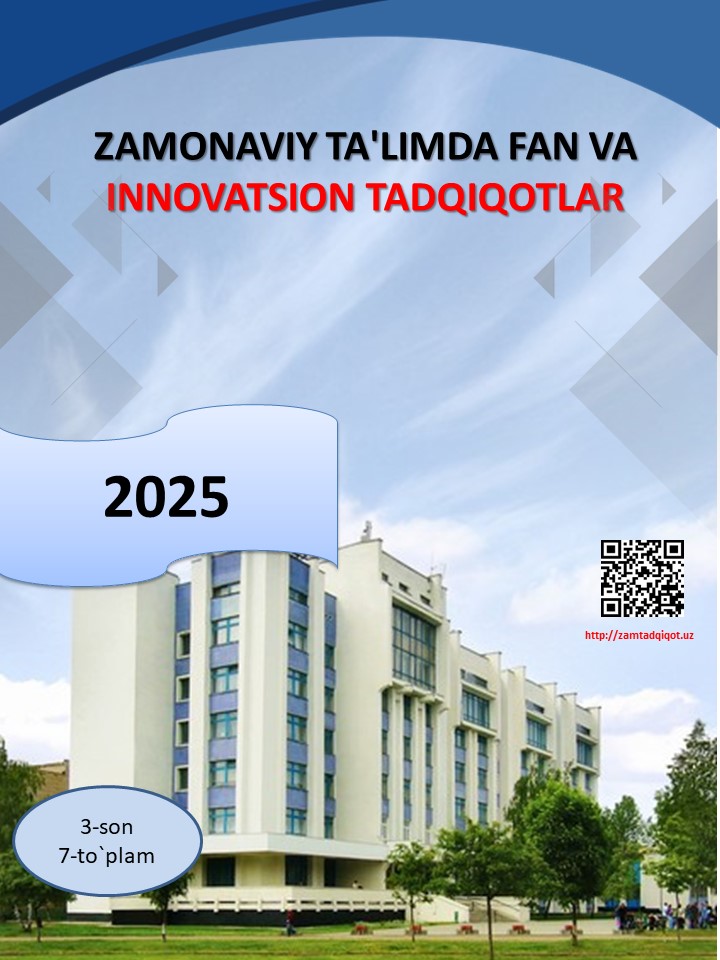CODE SWITCHING AND IT'S FUNCTION IN BILINGUAL SPEECH
Abstract
Code-switching is a widespread linguistic phenomenon observed in bilingual and multilingual communities around the world. It refers to the practice of alternating between two or more languages or dialects within a single conversation, sentence, or utterance. This paper examines the types, causes, and primary functions of code-switching, focusing on its sociolinguistic, cognitive, educational, and communicative roles. Understanding code-switching helps linguists, educators, and policymakers appreciate the complexity of bilingual communication
References
1.Ojha, D. D. R. (2023). Teshaboyeva Nafisa Zubaydulla qizi.
2.Teshaboyeva Nafisa Zubaydullayevna “Teaching vocabulary in ELS classroom”. Anne Anderson and Tony Lynch (1988). Listening. Oxford University Press
3.Тешабоева, Н. (2023). Teaching writing as a major part of productive skills in mixed ability classes. Информатика и инженерные технологии, 1(2), 652-656.
4.Teshaboyeva, N. Z., & Niyatova, M. N. (2021). General meanings of the category of tenses. International Journal of Development and Public Policy, 1(6), 70-72.
5.Teshaboyeva, N. (2023). Compound sentences in the English language. Yangi O'zbekiston taraqqiyotida tadqiqotlarni o'rni va rivojlanish omillari, 2(2), 68-70.
6.Teshaboyeva, N. Z., & Niyatova, M. N. (2022). The significant role of literature in teaching and learning process. International Journal of Development and Public Policy, 1(6), 70-72.
7.Zubaydulla, T. N. (2023). THE CLASSIFICATION OF SYNONYMS AND THEIR SPECIFIC FEATURES.". XXI ASRDA INNOVATSION TEXNOLOGIYALAR, FAN VA TAʼLIM TARAQQIYOTIDAGI DOLZARB MUAMMOLAR" nomli respublika ilmiy-amaliy konferensiyasi, 1(12), 126-131.
8.Teshaboyeva, N., & Davlatboyeva, O. (2024). MODERN TRENDS IN TEACHING FOREIGN LANGUAGES. Молодые ученые, 2(35), 108-111.






